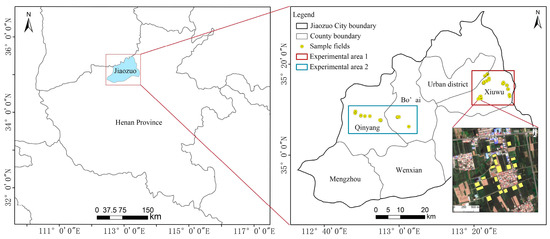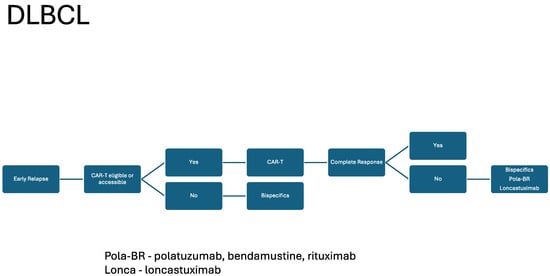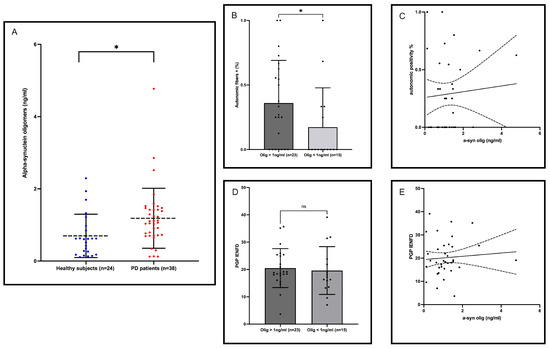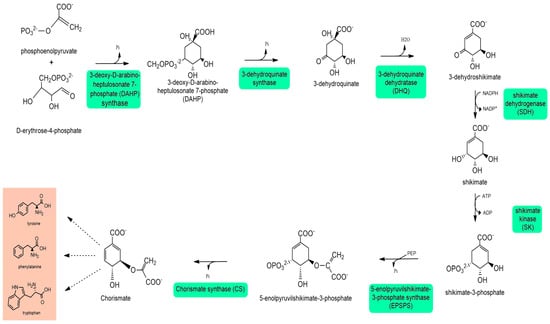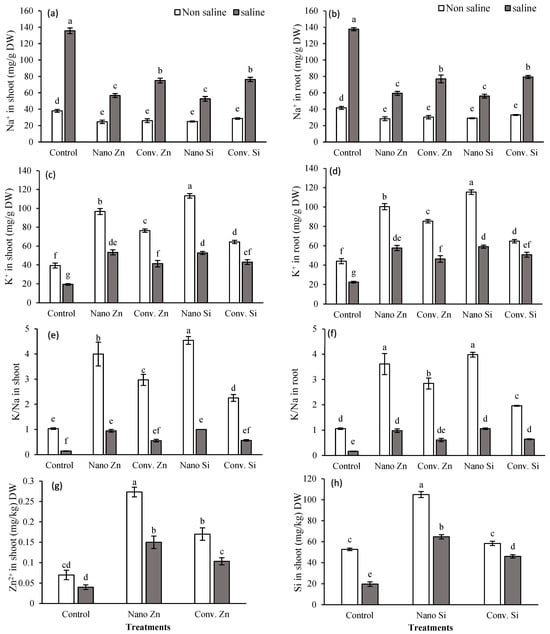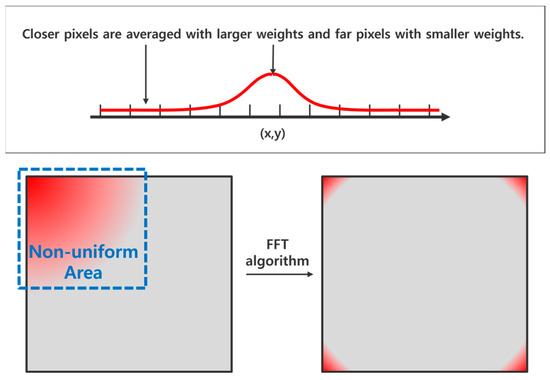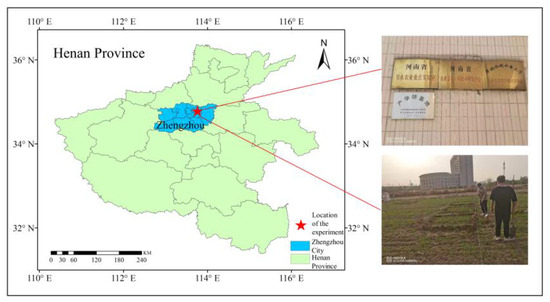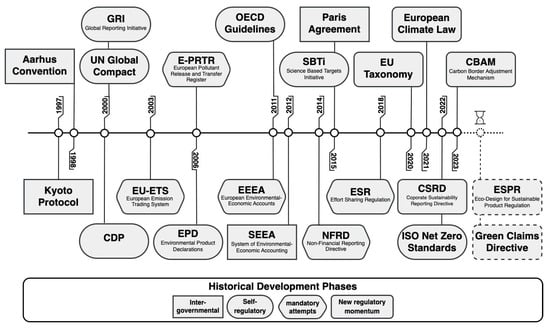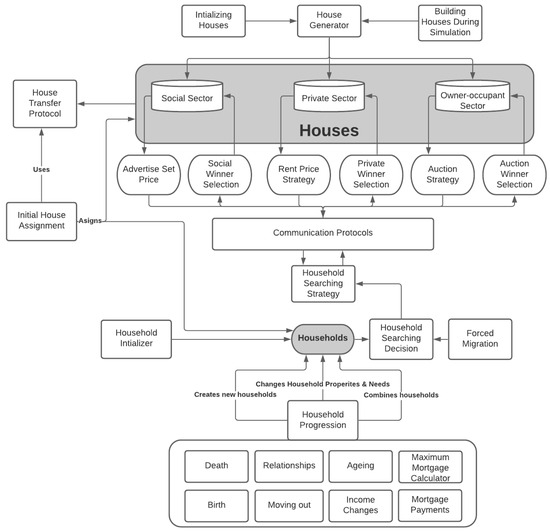Crop growth parameters are the basis for evaluation of crop growth status and crop yield. The aim of this study was to develop a more accurate estimation model for corn growth parameters combined with multispectral vegetation indexes (VI
opt) and the differential radar information (DRI) derived from SAR data. Targeting the estimation of corn plant height (H) and the BBCH (Biologische Bundesanstalt, Bundessortenamt and CHemical industry) phenological parameters, this study compared the estimation accuracies of various multispectral vegetation indexes (VI
opt) and the corresponding VI
DRI (vegetation index corrected by DRI) indexes in inverting the corn growth parameters. (1) When comparing the estimation accuracies of four multispectral vegetation indexes (NDVI, NDVIre1, NDVIre2, and S2REP), NDVI showed the lowest estimation accuracy, with a normalized root mean square error (nRMSE) of 20.84% for the plant height, while S2REP showed the highest estimation accuracy (nRMSE = 16.05%). In addition, NDVIre2 (nRMSE = 16.18%) and S2REP (16.05%) exhibited a higher accuracy than NDVIre1 (nRMSE = 19.27%). Similarly, for BBCH, the nRMSEs of the four indexes were 24.17%, 22.49%, 17.04% and 16.60%, respectively. This confirmed that the multispectral vegetation indexes based on the red-edge bands were more sensitive to the growth parameters, especially for the Sentinel-2 red-edge 2 band. (2) The constructed VI
DRI indexes were more beneficial than the VI
opt indexes in enhancing the estimation accuracy of corn growth parameters. Specifically, the nRMSEs of the four VI
DRI indexes (NDVI
DRI, NDVIre1
DRI, NDVIre2
DRI, and S2REP
DRI) decreased to 19.64%, 18.11%, 15.00%, and 14.64% for plant height, and to 23.24%, 21.58%, 15.79%, and 15.91% for BBCH, indicating that even in cases of high vegetation coverage, the introduction of SAR DRI features can further improve the estimation accuracy of growth parameters. Our findings also demonstrated that the NDVIre2
DRI and S2REP
DRI indexes constructed using red-edge 2 band information of Sentinel-2 and SAR DRI features had more advantages in improving the estimation accuracy of corn growth parameters.
Full article
 IJMS
IMPACT
IJMS
IMPACT Applied Sciences
IMPACT
Applied Sciences
IMPACT Sustainability
IMPACT
Sustainability
IMPACT Sensors
IMPACT
Sensors
IMPACT JCM
IMPACT
JCM
IMPACT Energies
IMPACT
Energies
IMPACT Molecules
IMPACT
Molecules
IMPACT Materials
IMPACT
Materials
IMPACT Remote Sensing
IMPACT
Remote Sensing
IMPACT Cancers
IMPACT
Cancers
IMPACT Electronics
IMPACT
Electronics
IMPACT Mathematics
IMPACT
Mathematics
IMPACT Foods
IMPACT
Foods
IMPACT Buildings
IMPACT
Buildings
IMPACT Plants
IMPACT
Plants
IMPACT Nutrients
IMPACT
Nutrients
IMPACT Animals
IMPACT
Animals
IMPACT Polymers
IMPACT
Polymers
IMPACT Water
IMPACT
Water
IMPACT Diagnostics
IMPACT
Diagnostics
IMPACT Biomedicines
IMPACT
Biomedicines
IMPACT Agronomy
IMPACT
Agronomy
IMPACT Microorganisms
IMPACT
Microorganisms
IMPACT Processes
IMPACT
Processes
IMPACT Healthcare
IMPACT
Healthcare
IMPACT Forests
IMPACT
Forests
IMPACT Cells
IMPACT
Cells
IMPACT JMSE
IMPACT
JMSE
IMPACT Medicina
IMPACT
Medicina
IMPACT Viruses
IMPACT
Viruses
IMPACT Agriculture
IMPACT
Agriculture
IMPACT Nanomaterials
IMPACT
Nanomaterials
IMPACT IJERPH
IJERPH
 Land
IMPACT
Land
IMPACT Pharmaceutics
IMPACT
Pharmaceutics
IMPACT Pharmaceuticals
IMPACT
Pharmaceuticals
IMPACT Religions
IMPACT
Religions
IMPACT Biomolecules
IMPACT
Biomolecules
IMPACT Life
IMPACT
Life
IMPACT Micromachines
IMPACT
Micromachines
IMPACT Atmosphere
IMPACT
Atmosphere
IMPACT Antioxidants
IMPACT
Antioxidants
IMPACT Genes
IMPACT
Genes
IMPACT Metals
IMPACT
Metals
IMPACT Symmetry
IMPACT
Symmetry
IMPACT Children
IMPACT
Children
IMPACT Coatings
IMPACT
Coatings
IMPACT Vaccines
IMPACT
Vaccines
IMPACT Horticulturae
IMPACT
Horticulturae
IMPACT Education Sciences
IMPACT
Education Sciences
IMPACT Minerals
IMPACT
Minerals
IMPACT Brain Sciences
IMPACT
Brain Sciences
IMPACT JPM
IMPACT
JPM
IMPACT Bioengineering
IMPACT
Bioengineering
IMPACT




